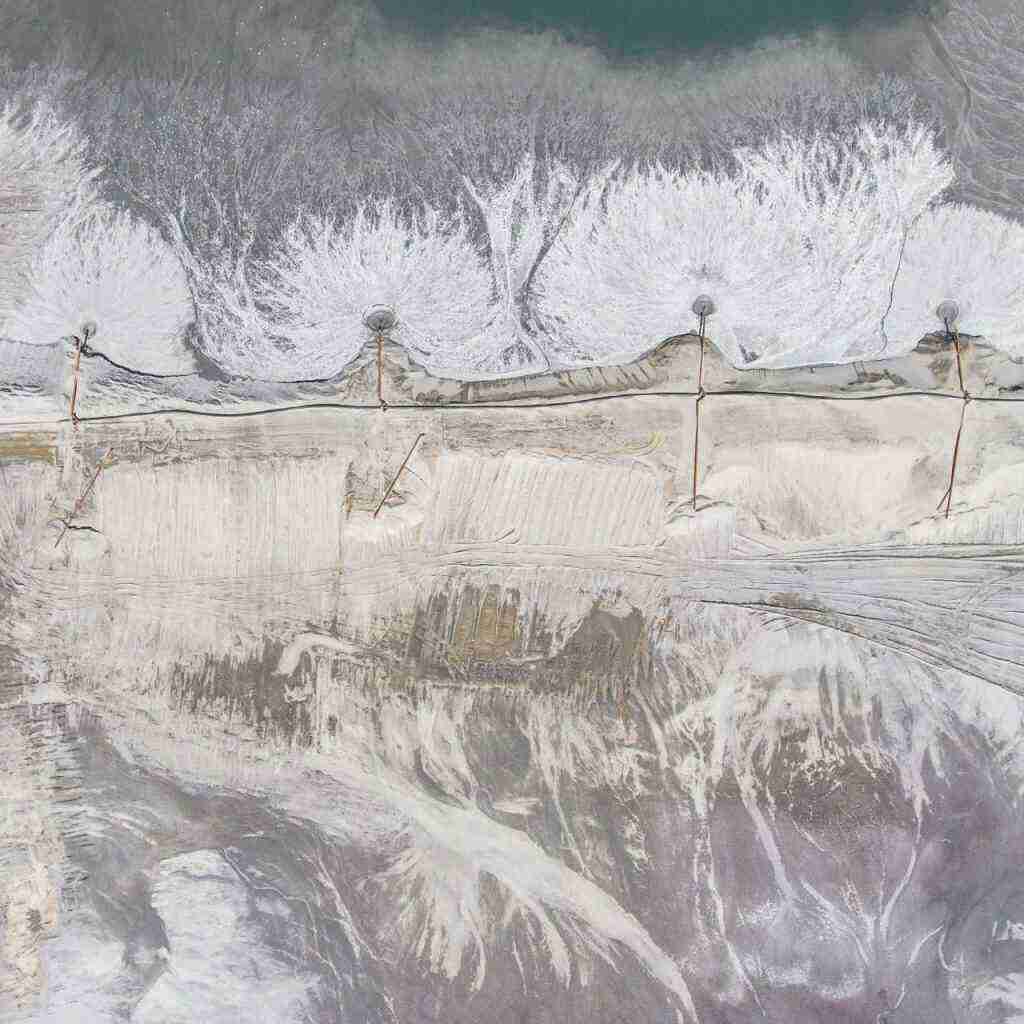Steering Clear of the Fed’s Looming Pitfall: A Comprehensive Analysis
Introduction
The Federal Reserve (Fed), entrusted with safeguarding the nation’s economic stability, stands at a critical juncture. The specter of inflation, a persistent menace that has haunted economies throughout history, has reemerged, posing a formidable challenge to the Fed’s policymaking prowess. Navigating this treacherous terrain requires a delicate balancing act, a careful calibration of actions to tame inflation’s destructive force without inadvertently triggering a debilitating recession. In this comprehensive analysis, we delve into the historical context, the Fed’s current predicament, potential consequences, and the paramount importance of striking a prudent equilibrium between inflation control and economic stability.
The Legacy of Paul Volcker: A Pivotal Moment in Monetary Policy
To fully grasp the Fed’s current predicament, we must cast our gaze back to a pivotal moment in economic history: the era of Paul Volcker. During the late 1970s and early 1980s, the United States grappled with a pernicious surge in inflation, an economic malaise that threatened to cripple the nation’s prosperity. In 1979, President Jimmy Carter appointed Paul Volcker, a respected economist known for his unwavering commitment to price stability, as the Chairman of the Federal Reserve.
Volcker, undeterred by the daunting task before him, embarked on a resolute mission to vanquish inflation. He implemented a series of bold and economically challenging policies, including raising interest rates to unprecedented levels. While these measures initially triggered a sharp economic downturn, Volcker remained steadfast in his conviction that curbing inflation was paramount for long-term economic health. His unwavering resolve ultimately succeeded in bringing inflation under control, paving the way for a period of sustained economic growth and prosperity.
The Fed’s Current Quandary: Navigating a Delicate Balancing Act
Today, the Fed faces a similar dilemma, albeit in a vastly different economic landscape. Inflation has once again reared its ugly head, reaching levels not seen in decades. The Fed, under the leadership of Chairman Jerome Powell, is tasked with the unenviable responsibility of combating inflation without causing undue economic hardship. This delicate balancing act requires a deft touch, a keen understanding of economic dynamics, and a willingness to make difficult choices.
The Fed’s primary tool for controlling inflation is interest rates. By raising interest rates, the Fed makes borrowing more expensive, thereby reducing demand and, in theory, slowing the pace of inflation. However, raising interest rates too quickly or too aggressively could trigger a recession, a sharp economic downturn characterized by widespread job losses and business closures. The Fed must therefore tread carefully, seeking to tame inflation without causing undue economic pain.
Potential Consequences of a Policy Misstep: A Cautionary Tale
Should the Fed falter in its efforts to maintain equilibrium, the consequences could be severe. An overly aggressive approach to inflation control could precipitate a sharp economic downturn, leading to job losses, business closures, and a decline in overall economic activity. This scenario, reminiscent of the economic turmoil of the early 1980s, would inflict widespread hardship and undermine confidence in the Fed’s ability to manage the economy effectively.
Conversely, a failure to adequately address inflation could have equally dire consequences. Unchecked inflation erodes purchasing power, destabilizes markets, and undermines confidence in the Fed’s ability to maintain price stability. This could lead to a loss of faith in the dollar, making it more difficult for businesses to borrow money and invest, and for consumers to make long-term financial plans.
Striking the Right Balance: A Path to Sustainable Economic Growth
The Fed’s paramount objective is to steer a course that achieves price stability while fostering sustainable economic growth. This delicate balancing act necessitates careful consideration of a myriad of factors, including employment levels, wage growth, and global economic conditions. By skillfully navigating these complexities, the Fed can help create an environment conducive to long-term economic prosperity.
In recent months, the Fed has begun raising interest rates in an effort to cool inflation. This move has sparked concerns that the Fed may be moving too quickly, potentially triggering a recession. However, the Fed has maintained that it is committed to bringing inflation under control without causing undue economic hardship.
Conclusion: The Importance of Prudence and Vigilance
The Fed’s responsibility to maintain economic stability in the face of evolving challenges cannot be overstated. As the central bank of the United States, the Fed’s decisions have far-reaching implications for businesses, consumers, and the overall economy.
The path forward requires prudence, vigilance, and a deep understanding of the intricate interplay between monetary policy and economic outcomes. By carefully calibrating its actions, the Fed can steer the economy toward a future marked by sustained growth, stable prices, and a healthy job market.
The Fed’s legacy will be shaped by its ability to navigate the current economic landscape successfully. By striking the right balance between inflation control and economic stability, the Fed can ensure that the United States continues to prosper in the years to come.
